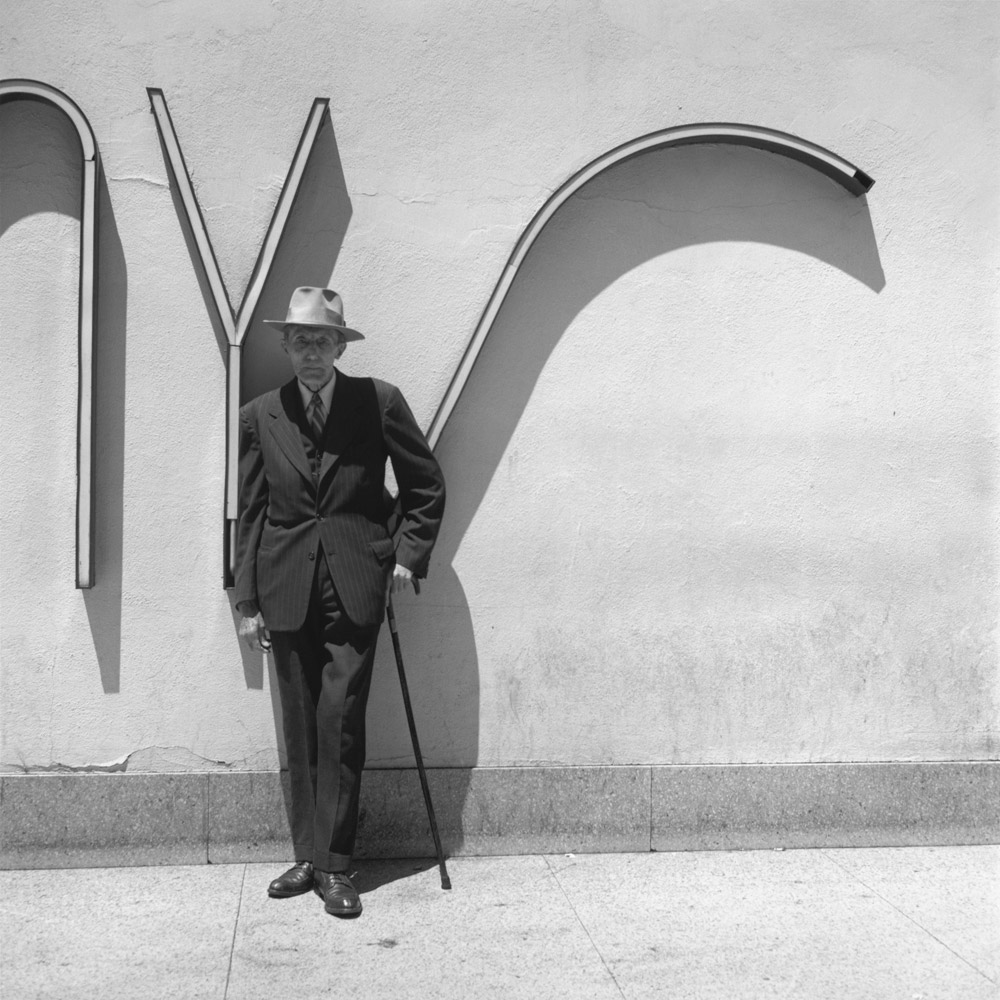
In the summer of 1964, Arthur Tress, a world traveler at all of 23 years old, took a bus from Mexico to San Francisco to visit his sister Madeleine. Tress’ journey had taken him from Paris to Egypt, where the young photographer shot images of a country evolving under former President Gamal Nasser. “I began thinking of it intellectually as a visual anthropology,” Tress told TIME, “to try and hint at the different layers of culture that were existing simultaneously.”
Tress took this same approach with him to San Francisco, trying to create a collection of images that would reflect the old and new aspects of the city. “I was thinking as a kind of amalgam, all these little bits and pieces, almost as if you’re making a collage—a symphony of the city,” he says.
The summer of 1964, it turned out, was a fascinating time in San Francisco. The beatniks had left; it would be three years before the Summer of Love would come to the City by the Bay. The country was still reeling from the Kennedy assassination, and Tress arrived just in time for the 1964 Republican Convention, where Arizona Senator Barry Goldwater was transforming the conservative movement. In August, The Beatles returned to the U.S. for their second American tour, and San Francisco saw its first Civil Rights marches, challenging the status quo. “I didn’t photograph the demonstrations so much as the people watching the demonstrations,” Tress says. “They were kind of frozen in this very beautiful Northern California, light. Almost like a stage set. I was focused on different kinds of people—more liberal; more conservative; different classes of people in one photograph.”
The images Tress made that summer went on display in California and Mexico, but were then largely forgotten. He went on to garner acclaim for his staged surrealism, showing collections at museums such as New York’s Metropolitan Museum of Art, Museum of Modern Art and the Whitney Museum of Art, as well as the Center for Contemporary Photography in Chicago and the Bibliothèque Nationale in Paris. When Madeleine died in 2009, Tress found the cache of prints from his youthful summer among her possessions. The collection, Arthur Tress: San Francisco 1964, will be shown at the Fisher Family Gallery of the Fine Arts Museums of San Francisco from March 3 to June 3, 2012, and James A. Ganz, curator of the Meuseums’ Achenbach Foundation for Graphic Arts has published a book of Tress’ prints along with an interview with the photographer.
The photographer says that the viewer can see a youthful Tress, “trying to go beyond mere photojournalism and make a larger statement about changing American values and culture” in the images. He certainly succeeded, capturing history as it moved across fault lines during one summer in San Francisco.
Arthur Tress: San Francisco 1964 is on view at the Fisher Family Gallery of the Fine Arts Museums of San Francisco from March 3 to June 3, 2012.
Nate Rawlings is a reporter at TIME. Find him on Twitter at @naterawlings.
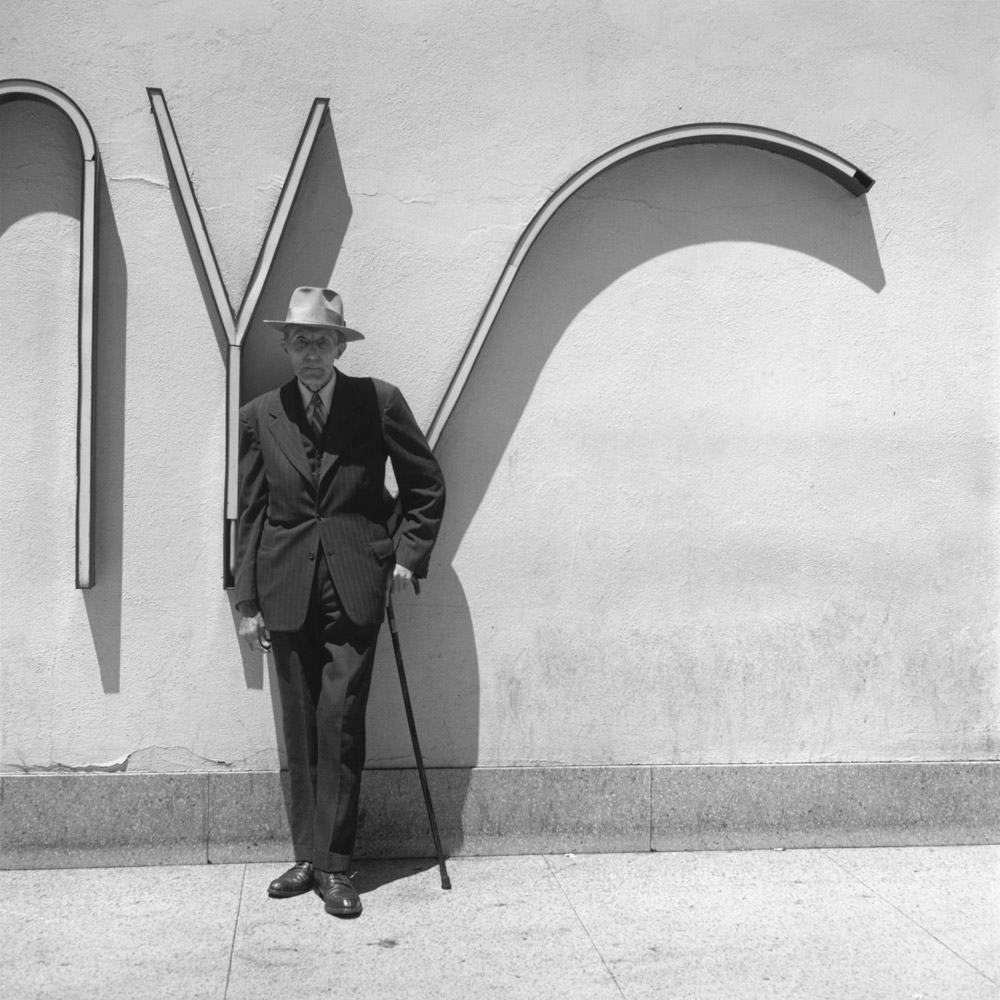
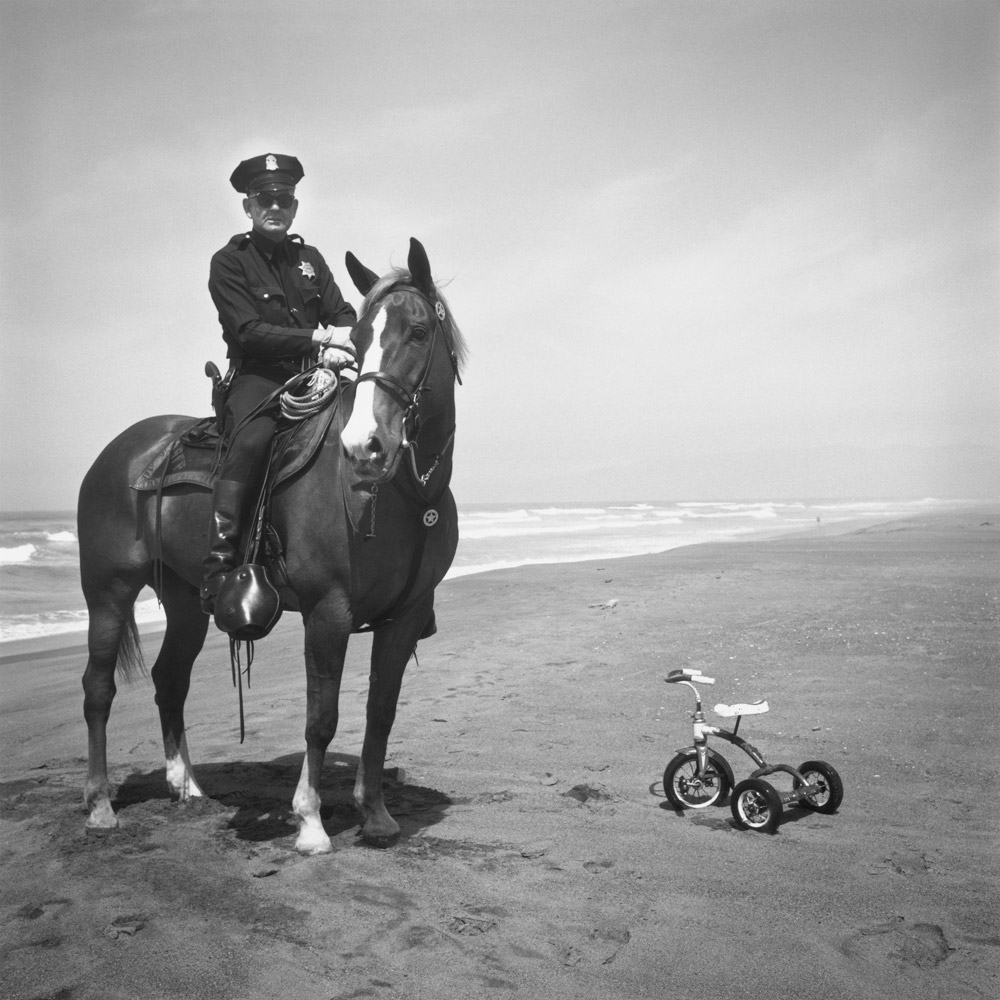
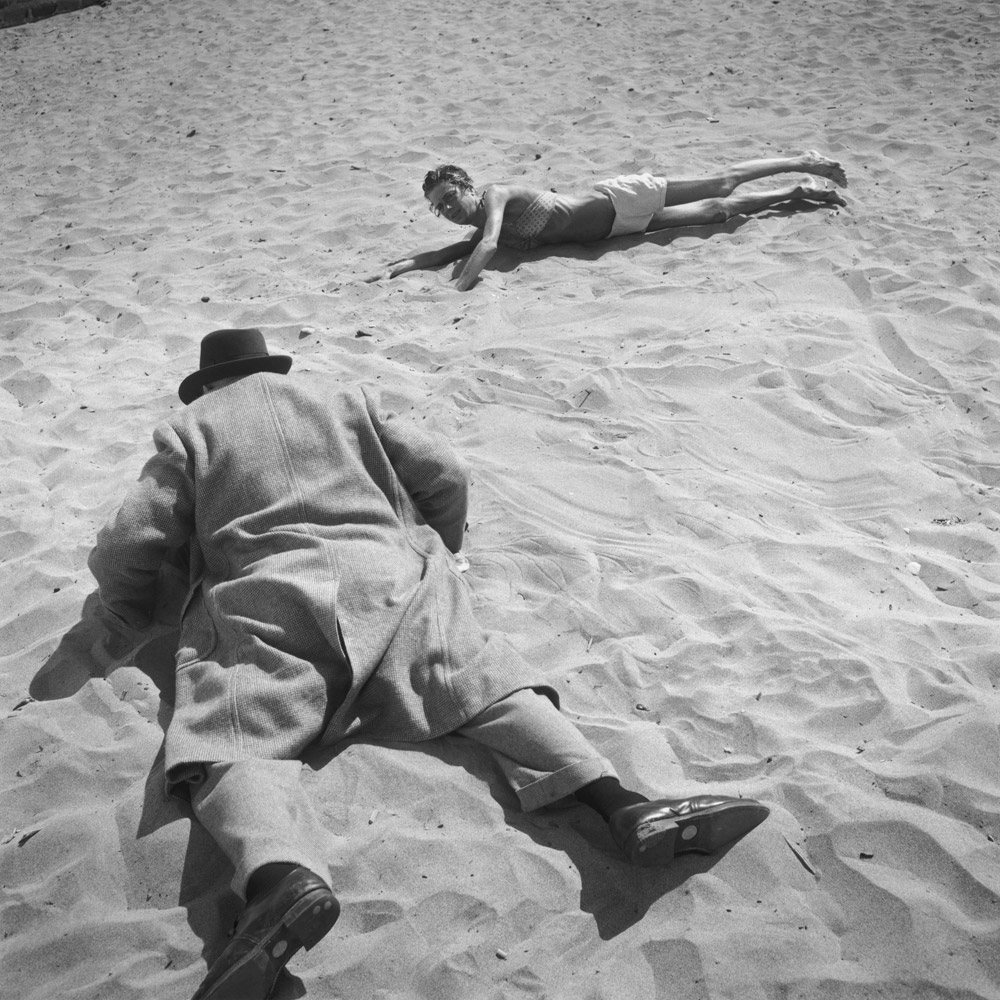
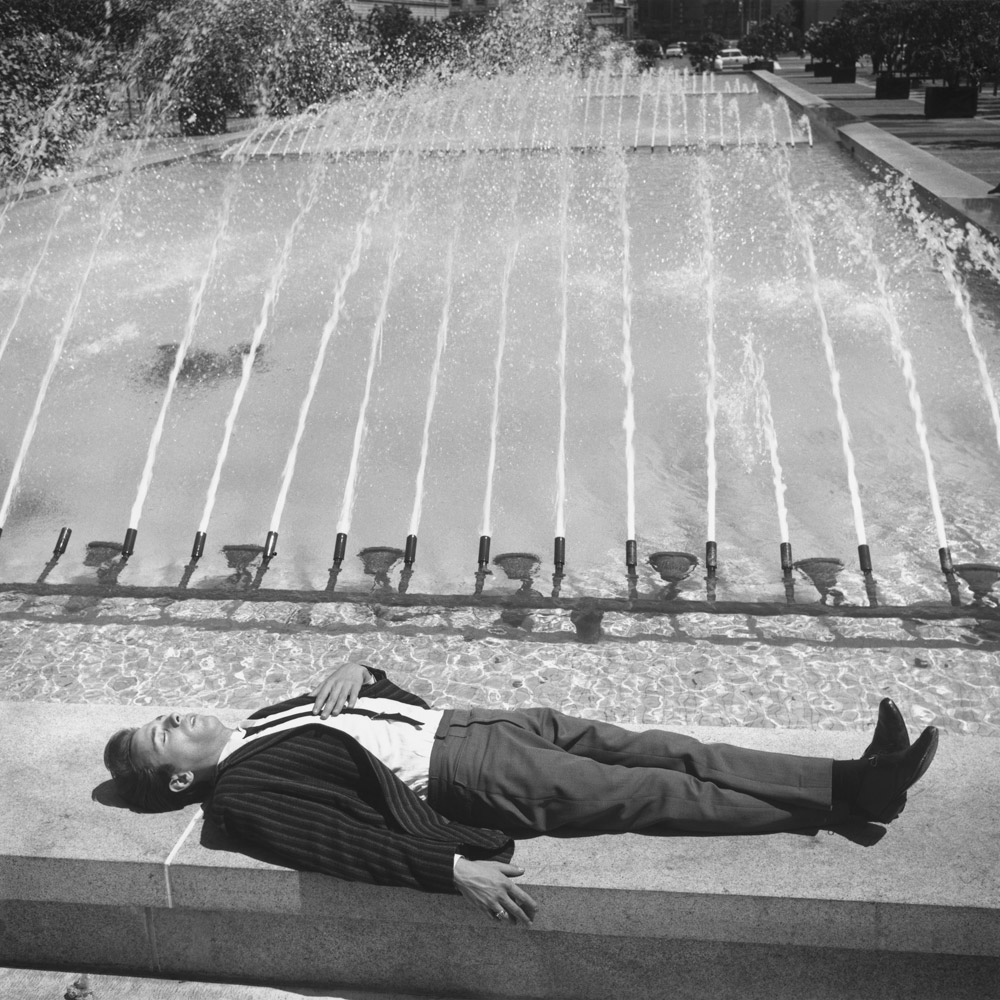
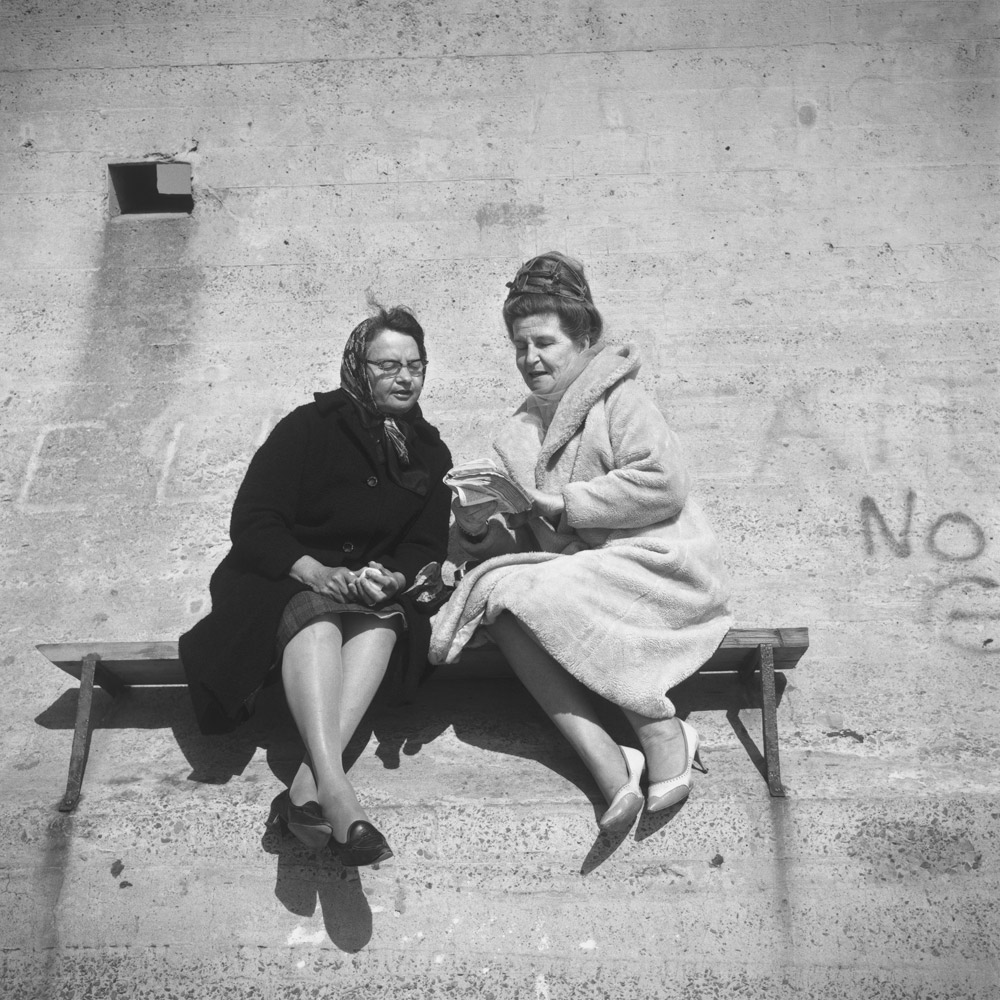

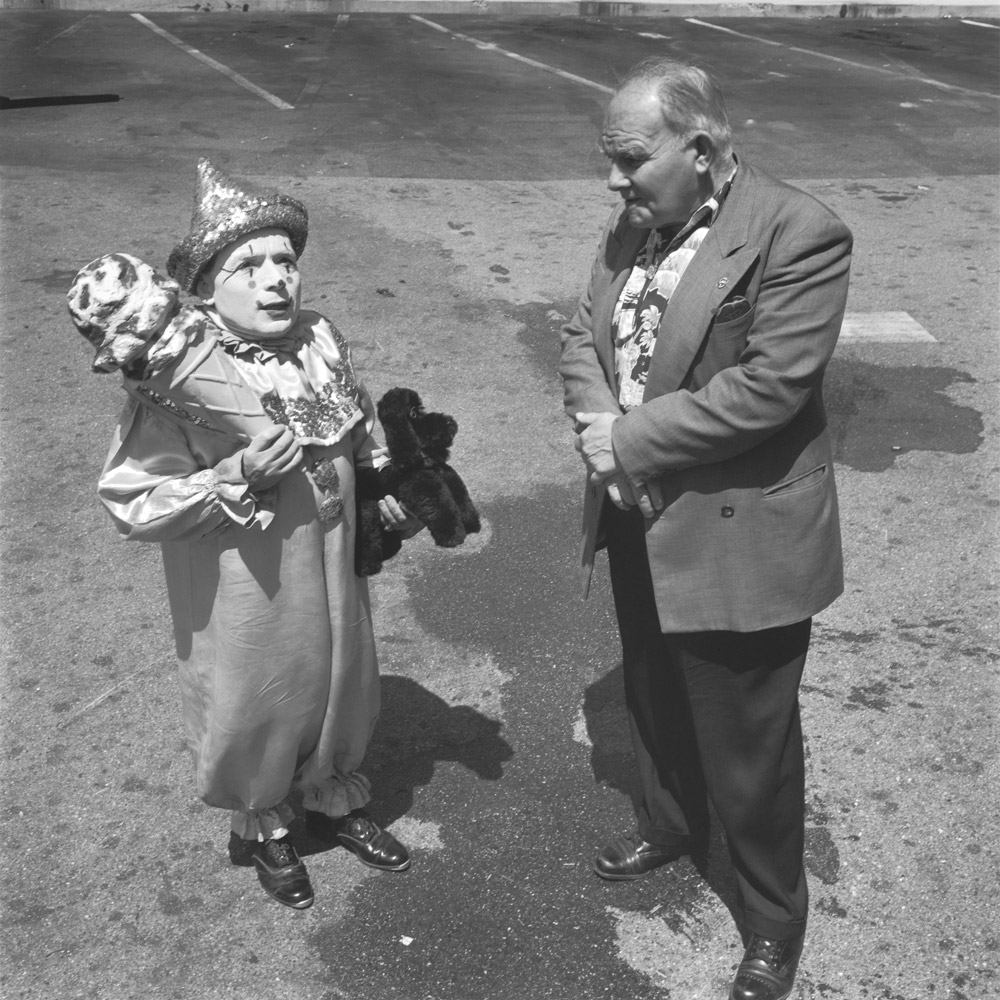
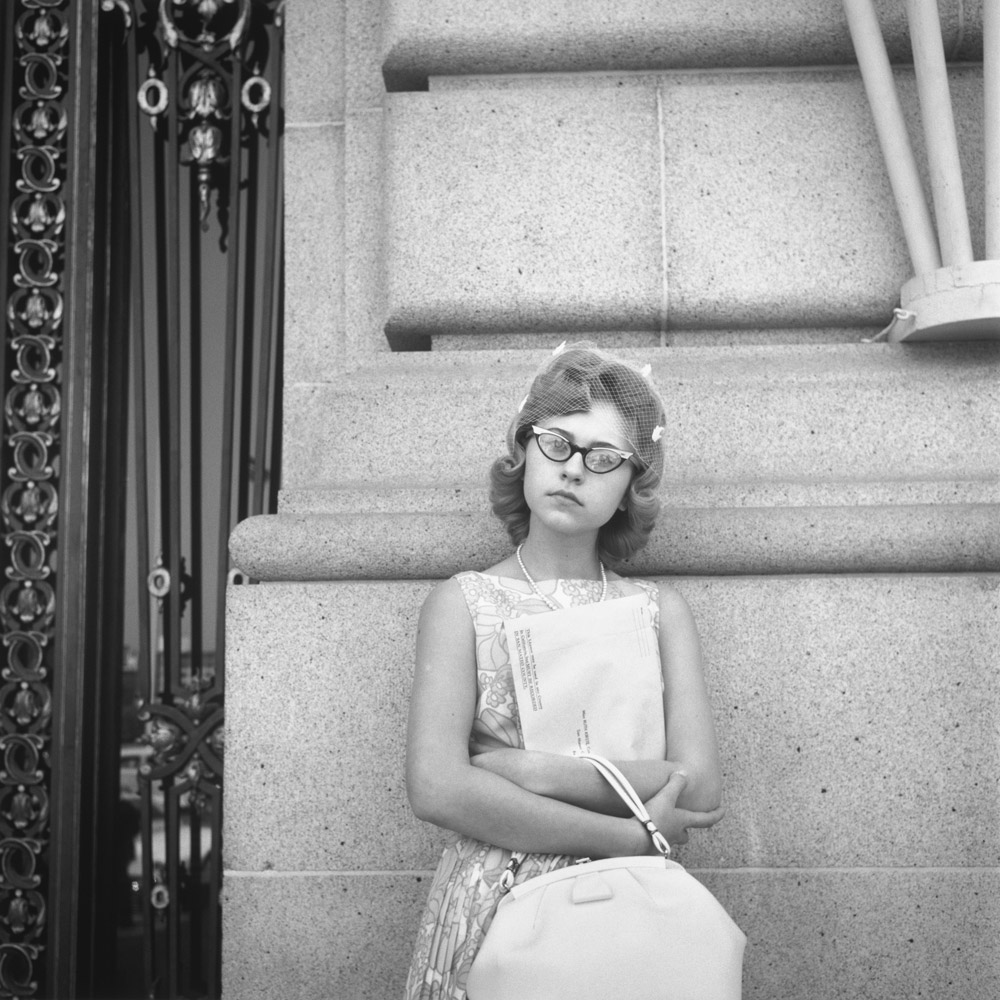

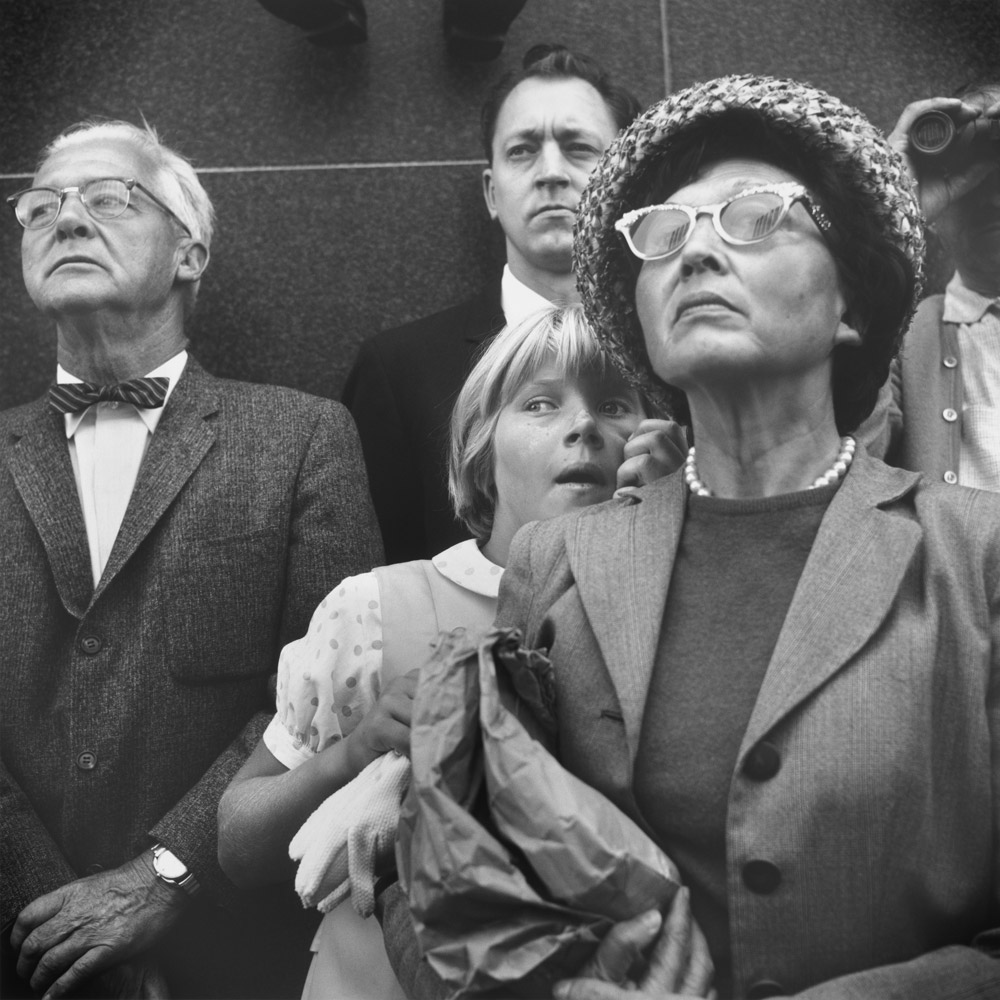
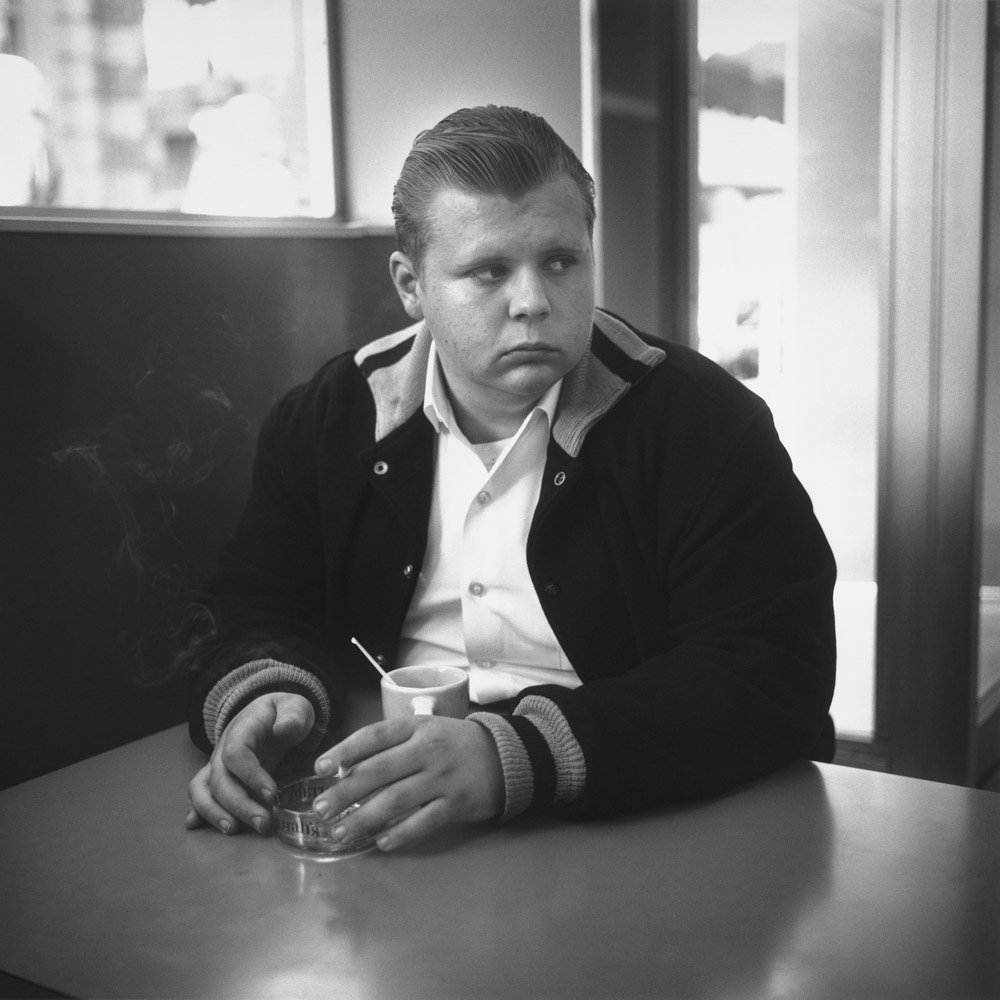
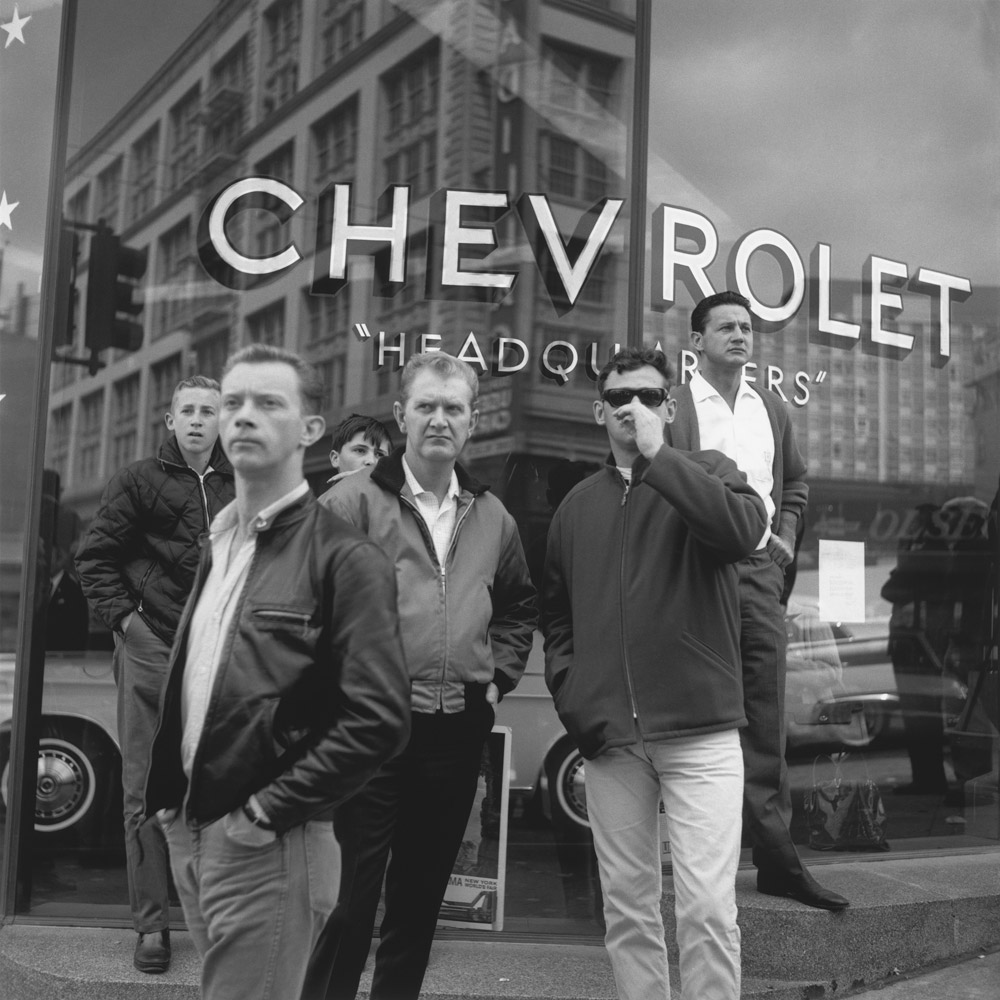
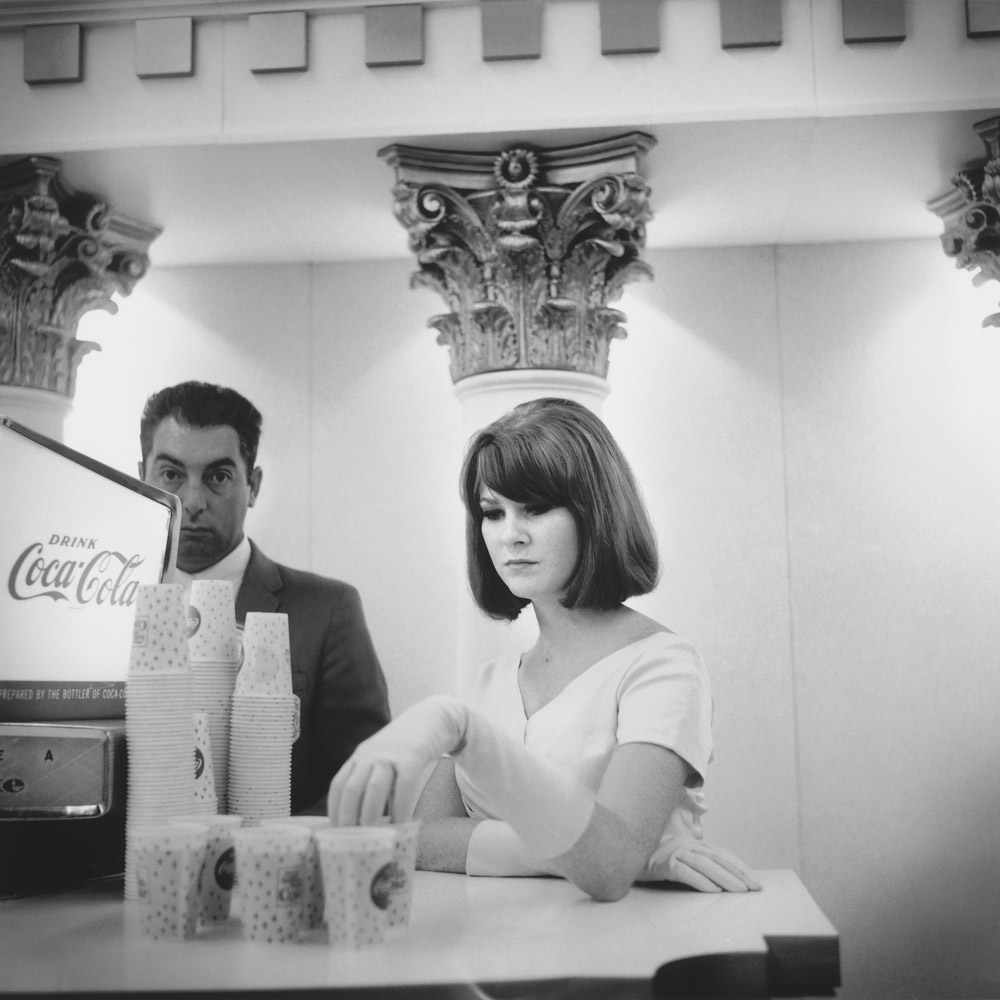

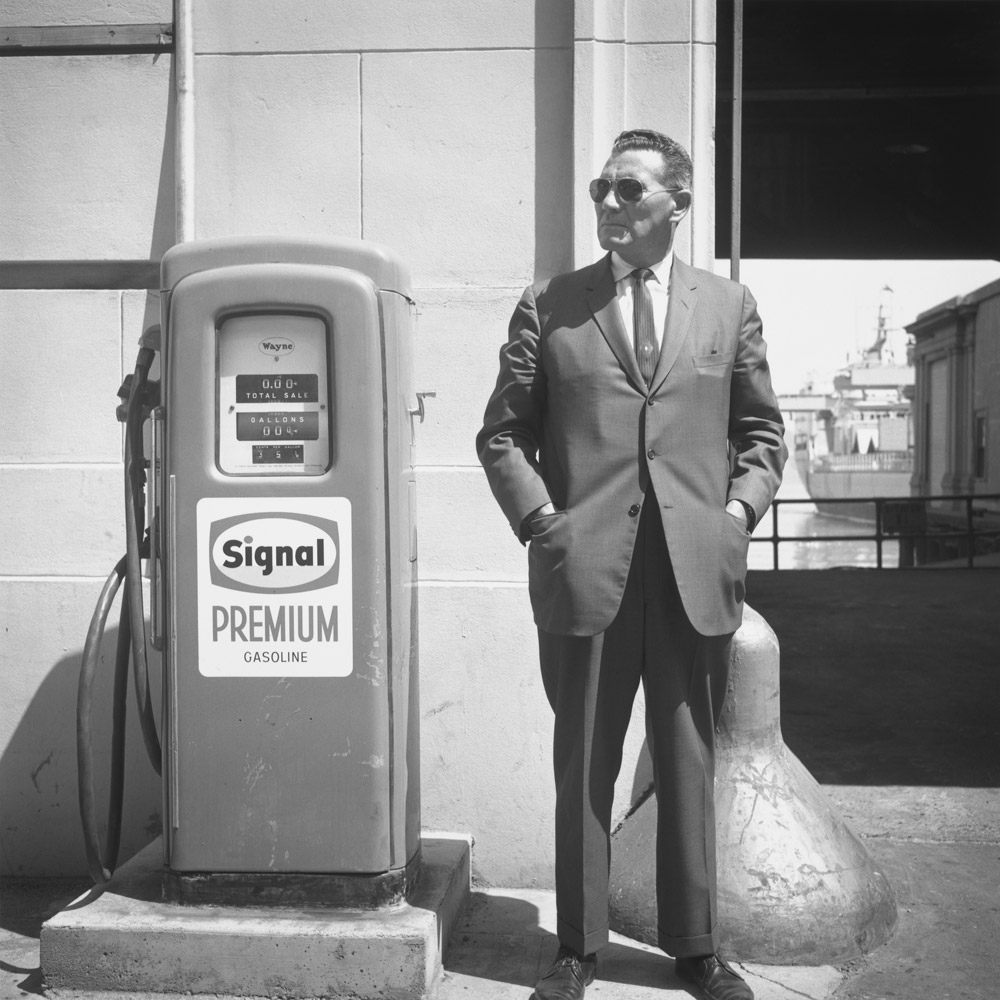
More Must-Reads From TIME
- What Student Photojournalists Saw at the Campus Protests
- How Far Trump Would Go
- Why Maternity Care Is Underpaid
- Saving Seconds Is Better Than Hours
- Welcome to the Golden Age of Ryan Gosling
- Scientists Are Finding Out Just How Toxic Your Stuff Is
- The 100 Most Influential People of 2024
- Want Weekly Recs on What to Watch, Read, and More? Sign Up for Worth Your Time
Contact us at letters@time.com